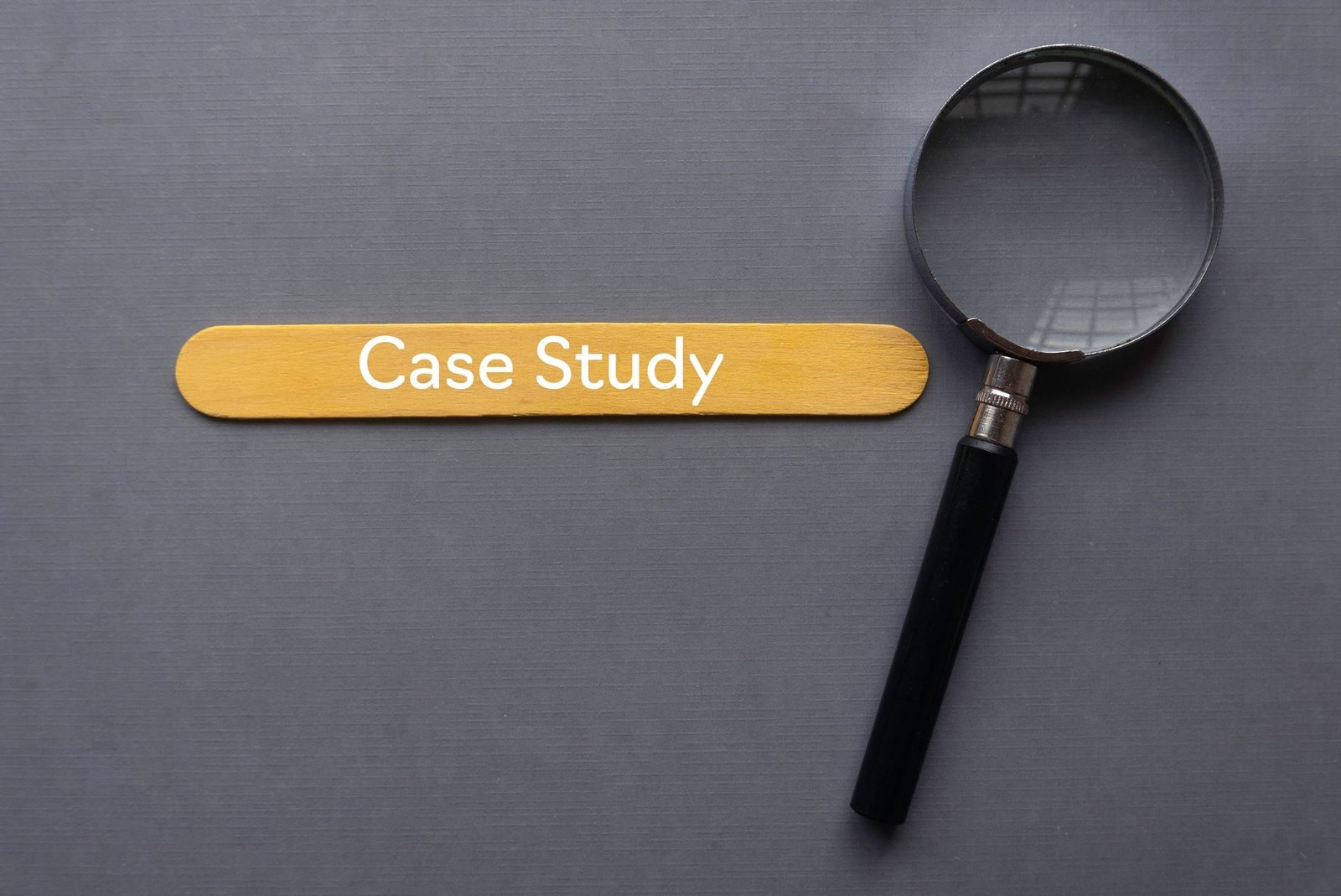Double-sided transfer tapes are a vital component for industries requiring high-performance bonding solutions. Unlike traditional tapes, transfer tapes come without a carrier, meaning that only the adhesive film remains, which allows for a seamless application. With versatile adhesive systems, they offer strong and reliable adhesion, particularly for applications requiring durability, stability, and flexibility across varying surfaces and temperatures. This guide covers the types, applications, and advantages of transfer tapes, helping you make an informed decision for your specific needs.
Understanding Transfer Tapes
What is Transfer Tape?
Transfer tape consists solely of adhesive with a release liner, making it ideal for applications where only the adhesive layer is desired. The adhesive layer sticks to surfaces without adding bulk, ensuring smooth, gap-free bonding. Commonly available in acrylic and rubber adhesive options, these tapes are ideal for mounting, splicing, and laminating, especially in scenarios where long-lasting adhesion and resistance to environmental factors are required.
Types of Adhesive in Transfer Tapes:
1. Acrylic Adhesive Transfer Tapes
Known for their strong, durable adhesion, acrylic adhesive transfer tapes work well on a range of substrates, including metals, plastics, and high-energy surfaces. They offer excellent resistance to temperature, UV exposure, and chemicals, making them suitable for outdoor and industrial applications.
2. Rubber Adhesive Transfer Tapes
Rubber adhesive tapes offer high initial tack and are ideal for bonding to low-energy surfaces like polyethylene and polypropylene. They are often chosen for indoor applications where quick adhesion is necessary, although they may be less resistant to extreme conditions compared to acrylic adhesives.
Choosing the Right Transfer Tape Width and Thickness
When selecting a transfer tape, width and thickness are crucial factors. Widths typically range from 1/4” to 18”, with various options in between, allowing for customization based on the surface area to be covered. Thickness also plays a role; thicker tapes provide better gap-filling capabilities, which can be advantageous on rough or uneven surfaces. The following are some standard specifications available in the market:
• 1/2” x 36 yards, 2.0 mil Clear Acrylic Adhesive Transfer Tape
• 3/4” x 60 yards, 1.4 mil Acrylic Adhesive for High Precision Applications
• 1” x 18 yards, 3.0 mil Rubber Adhesive Transfer Tape for Quick Bonding
Applications of Transfer Tapes Across Industries
Transfer tapes are engineered for a wide range of applications, particularly in industries such as appliances, automotive, electronics, and general manufacturing. Here’s how they are commonly used across these fields:
1. Appliances
Transfer tapes provide secure bonding for nameplates, decorative trims, and internal components. Their durability and resistance to varying temperatures make them ideal for appliances where parts are frequently exposed to heat.
2. Automotive
Used extensively in the automotive industry, transfer tapes bond materials in dashboards, consoles, and even exterior applications. Acrylic adhesive transfer tapes are popular for their temperature and UV resistance, ensuring longevity in vehicles exposed to sunlight and temperature fluctuations.
3. Electronics
Electronics manufacturing demands precise, reliable adhesion, often within confined spaces. Transfer tapes are used for bonding and insulating components without adding weight or thickness, making them suitable for electronics where space and weight are critical factors.
4. Industrial Applications
From splicing in paper mills to laminating in packaging, transfer tapes streamline manufacturing processes by providing consistent and durable bonds. Their quick adhesion and high shear strength make them indispensable for various industrial applications.
Advantages of Using Transfer Tapes
Transfer tapes offer several advantages over traditional double-sided tapes:
• Low Profile
With only adhesive, transfer tapes provide a seamless bond that doesn’t add bulk to surfaces, creating a smooth finish.
• Versatility in Adhesion
Available in both acrylic and rubber adhesives, transfer tapes can bond to a wide variety of materials, from high-energy surfaces like metals to low-energy surfaces like certain plastics.
• Environmental Resistance
Acrylic-based transfer tapes are particularly resistant to moisture, UV rays, and chemicals, making them ideal for both indoor and outdoor applications.
• Temperature Resilience
Many transfer tapes can withstand elevated temperatures, ensuring that bonds remain strong even in extreme environments.
• Easy Application
Transfer tapes are typically easy to apply and require minimal tools, making them convenient for both professional and DIY applications.
Popular Transfer Tape Options
Here are some top-performing transfer tapes that are highly regarded for quality and reliability:
1. 3M 467MP 1/2” x 60 yards, 2.0 mil Clear Adhesive Transfer Tape
Perfect for precision applications, this 3M tape is known for its high-performance acrylic adhesive that bonds well to metals and high-energy plastics.
2. Scotch ATG 924 1/4” x 36 yards, 1.4 mil Adhesive Transfer Tape
With a thinner adhesive profile, this Scotch tape is ideal for lighter applications requiring minimal gap filling.
3. 3M VHB Adhesive Transfer Tape 9472 1” x 18 yards, 5.0 mil
This thicker tape offers better gap-filling for rougher surfaces and provides strong bonding even under stress and vibration.
Selecting the Right Transfer Tape for Your Needs
To choose the right transfer tape, consider the following criteria:
• Surface Type: High-energy surfaces (metal, glass) usually work best with acrylic adhesives, while low-energy surfaces (polyethylene, rubber) might benefit from rubber-based adhesives.
• Environmental Exposure: For outdoor or high-temperature environments, acrylic adhesives offer better resistance.
• Application Needs: For smooth, clean bonding with minimal thickness, opt for thinner transfer tapes. For rough surfaces, thicker tapes provide better gap-filling.
By assessing these factors, you can select a tape that offers the durability, strength, and flexibility your application requires.
Frequently Asked Questions about Transfer Tapes
1. Can transfer tapes withstand high temperatures?
Yes, especially acrylic adhesive transfer tapes are known for their temperature resistance, making them suitable for applications exposed to high heat.
2. Are transfer tapes removable?
Most transfer tapes are designed for permanent bonding. While some tapes may be removed without leaving residue, the adhesive’s strength generally makes them difficult to reposition once applied.
3. Do transfer tapes work on low-energy surfaces?
Rubber-based transfer tapes are effective on low-energy surfaces like polyethylene, while acrylic adhesives may require surface preparation for optimal bonding on such materials.
Conclusion
Transfer tapes provide an efficient, clean bonding solution across a range of industries, from automotive to electronics and industrial applications. By understanding the types of adhesives available and assessing your application needs, you can select the right tape for a seamless, long-lasting bond. Whether you’re looking for high-performance acrylic adhesives or quick-bonding rubber options, transfer tapes offer reliability and versatility in both challenging and everyday applications.






